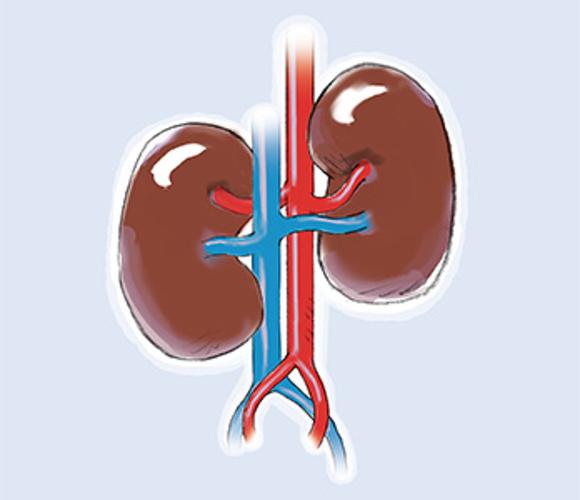Feel tired? Stomach discomfort? And the doctor told you that your liver is larger than normal? Check below and find out more about fatty liver prevention.
Fatty liver disease occurs when lipids amass in liver cells, potentially leading to inflammation and liver harm. It manifests in two forms: alcoholic and nonalcoholic, both capable of triggering a spectrum of symptoms. It’s critical to spot these signs, as they can be unassuming.
Spotting the Common Warning Signs
- Fatigue: The liver’s faltering function can translate to enduring tiredness or weakness.
- Abdominal Distension: A distended liver may result in a bloated belly and upper abdominal pain.
- Jaundice: The skin and eyes turning yellow indicates liver damage, a possible sign in fatty liver cases.
The Lesser-Known Red Flags
- Bruising Easily: Impaired liver function might affect clotting, leading to increased bruising or bleeding.
- Itchy Skin: A backup of bile due to liver issues can cause skin irritation and itchiness.
- Mental Fogginess: Advanced stages might bring cognitive fog, suggesting the liver’s toxin-filtering role is compromised.
What Dictates Symptom Intensity?
Factors such as disease progression, lifestyle, co-existing health issues, and genetics can influence symptom severity. Keeping a watchful eye on symptoms and medical guidance are crucial for identifying the cause and charting a treatment course.
Recognizing the Call to Consult a Physician
Persistent fatigue, abdominal pain, or sudden weight loss are red flags signaling a doctor’s visit. Early diagnosis can prevent liver deterioration and related issues. Expect tests like blood panels, imaging, or a liver biopsy to diagnose and gauge liver damage.
Lifestyle Tweaks for Disease Management
Medical treatment aside, lifestyle changes are key in managing fatty liver disease:
- Embrace a balanced diet, low in saturated fats and sugars.
- Boost physical activity to help maintain a healthy weight.
- Curb excessive alcohol to reduce liver stress.
- Consistent liver function checks and healthcare follow-ups are imperative for tracking and adjusting treatment.
In Conclusion
Staying clued in on the signs of fatty liver disease is paramount for timely action and management. By being aware of both common and subtle symptoms, proactive measures can be taken to safeguard liver health and overall wellness.




